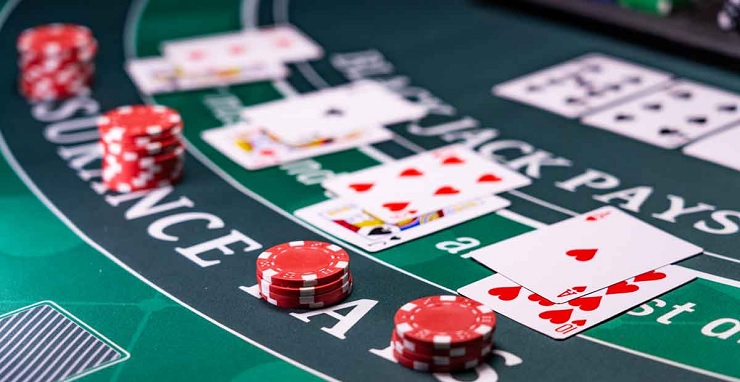Card Counting in Blackjack

Card counting in blackjack is a strategy that has fascinated players for decades. This article delves into the intricacies of this technique, exploring its legality, effectiveness, and the skills required to master it.
The Origins and Legality of Card Counting
Card counting in blackjack emerged as a strategy in the 1960s, gaining prominence with Edward Thorp’s book, “Beat the Dealer.” Despite popular belief, card counting is not illegal; however, casinos frown upon it and may ban players they suspect of counting cards.
Understanding the legality and ethical considerations of card counting is essential for any player considering this strategy.
How Card Counting Works
At its core, card counting involves tracking the ratio of high to low cards in the deck. Players use this information to adjust their bets and playing strategies. The most common method is the Hi-Lo system, where high cards (10s and aces) are assigned a value of -1, low cards (2-6) a +1, and neutral cards (7-9) a zero.
By keeping a running count and adjusting for the number of decks in play, players can determine when the odds are in their favor.
Advanced Card Counting Techniques
Beyond the basic Hi-Lo system, several advanced techniques exist, such as the KO system and the Omega II system. These methods offer a more nuanced approach to card counting but require more practice and skill.

Skills Required for Effective Card Counting
Effective card counting requires more than just memorizing values. It demands excellent mental arithmetic skills, the ability to play with perfect basic blackjack strategy, and, crucially, the capacity to blend in with other players to avoid detection.
Additionally, emotional control and bankroll management are critical skills for any card counter.
Card Counting in the Modern Casino Environment
With the advent of sophisticated surveillance systems and measures like frequent shuffling, card counting has become more challenging in modern casinos. Online casinos, with their constantly shuffled decks, also pose a challenge for card counters.
However, with the right approach, it remains a viable strategy in certain situations.
Conclusion: The Future of Card Counting
While casinos continue to evolve their countermeasures, the art of card counting in blackjack remains an intriguing and potentially profitable strategy for those willing to dedicate time to mastering it. With the right skills and approach, it continues to be a compelling aspect of blackjack strategy.
